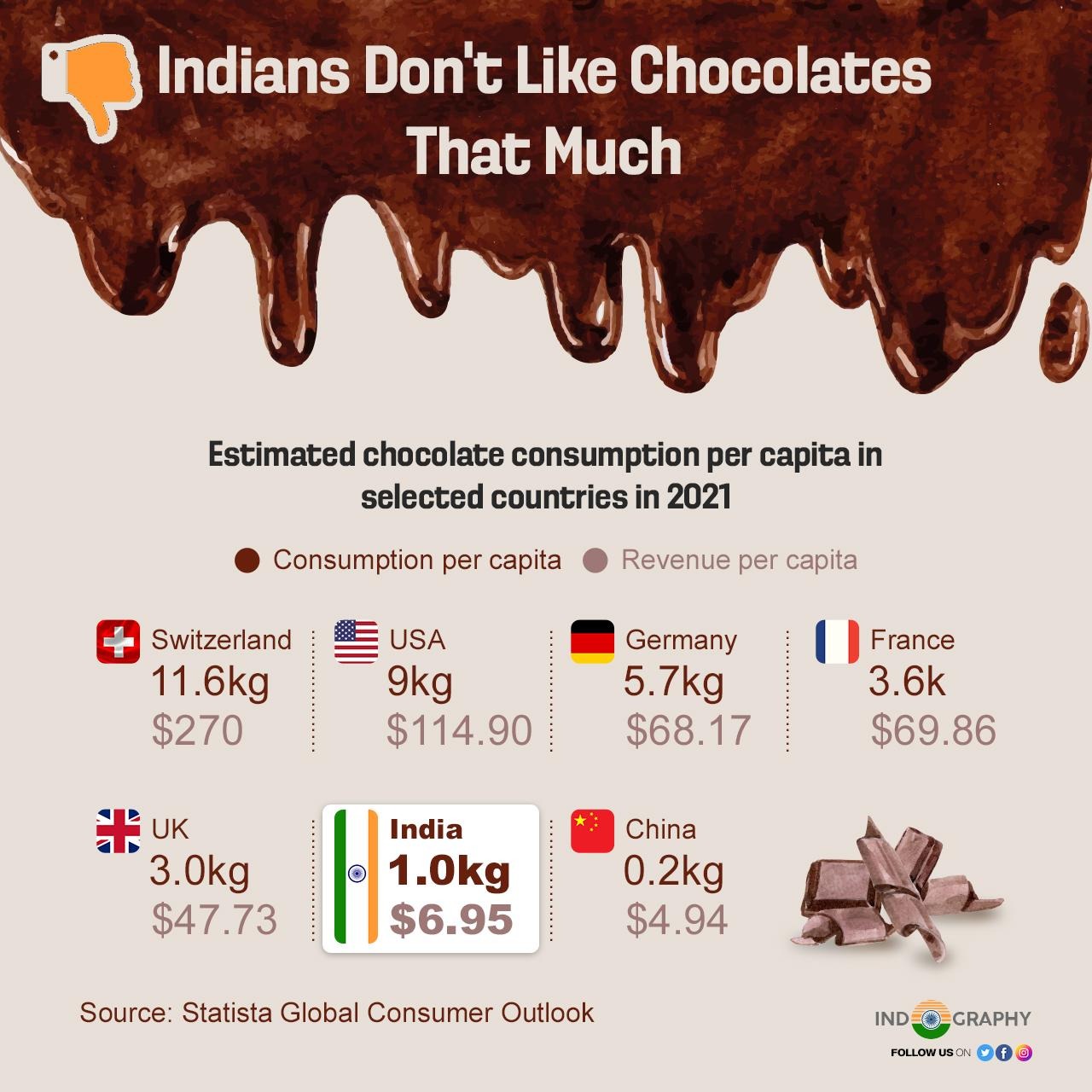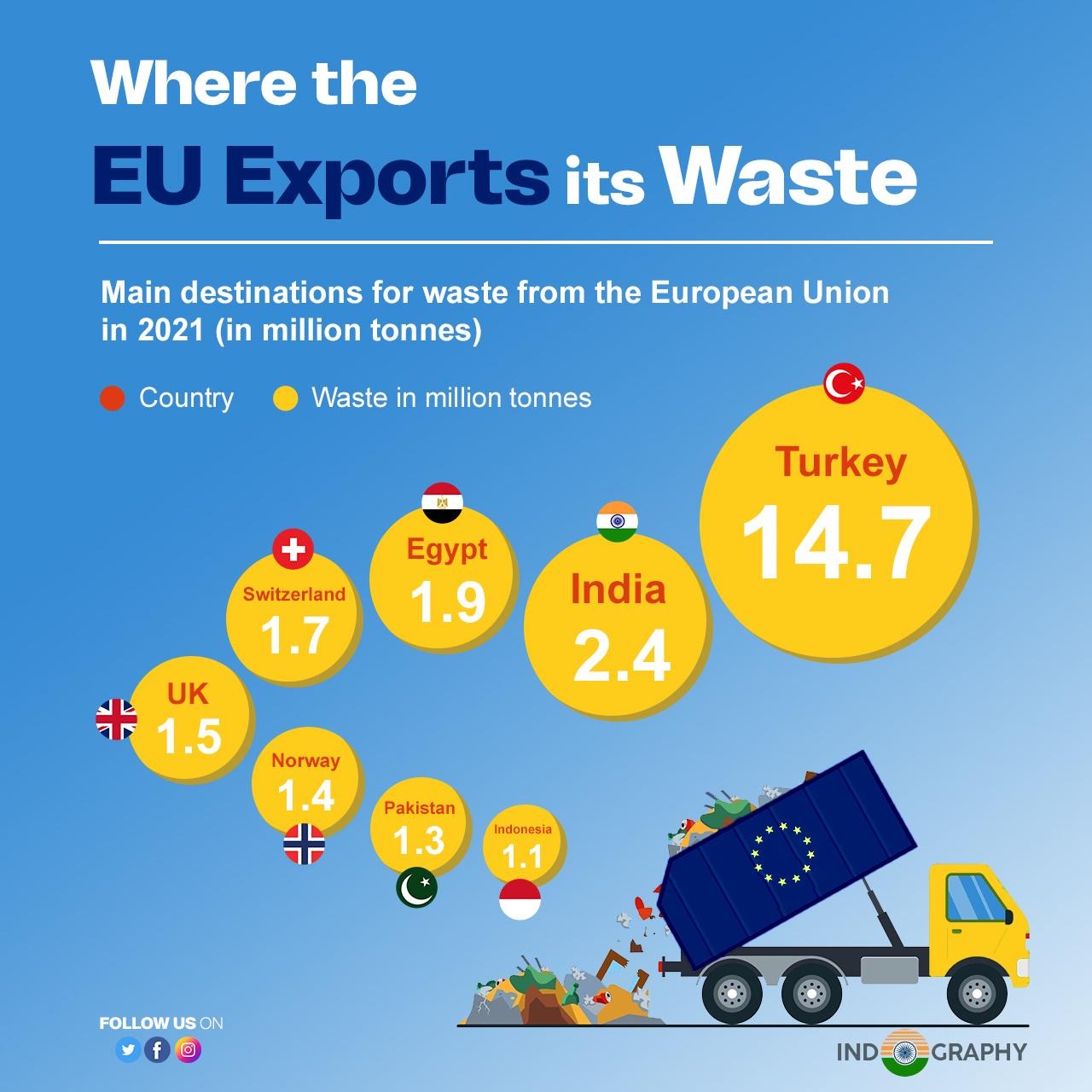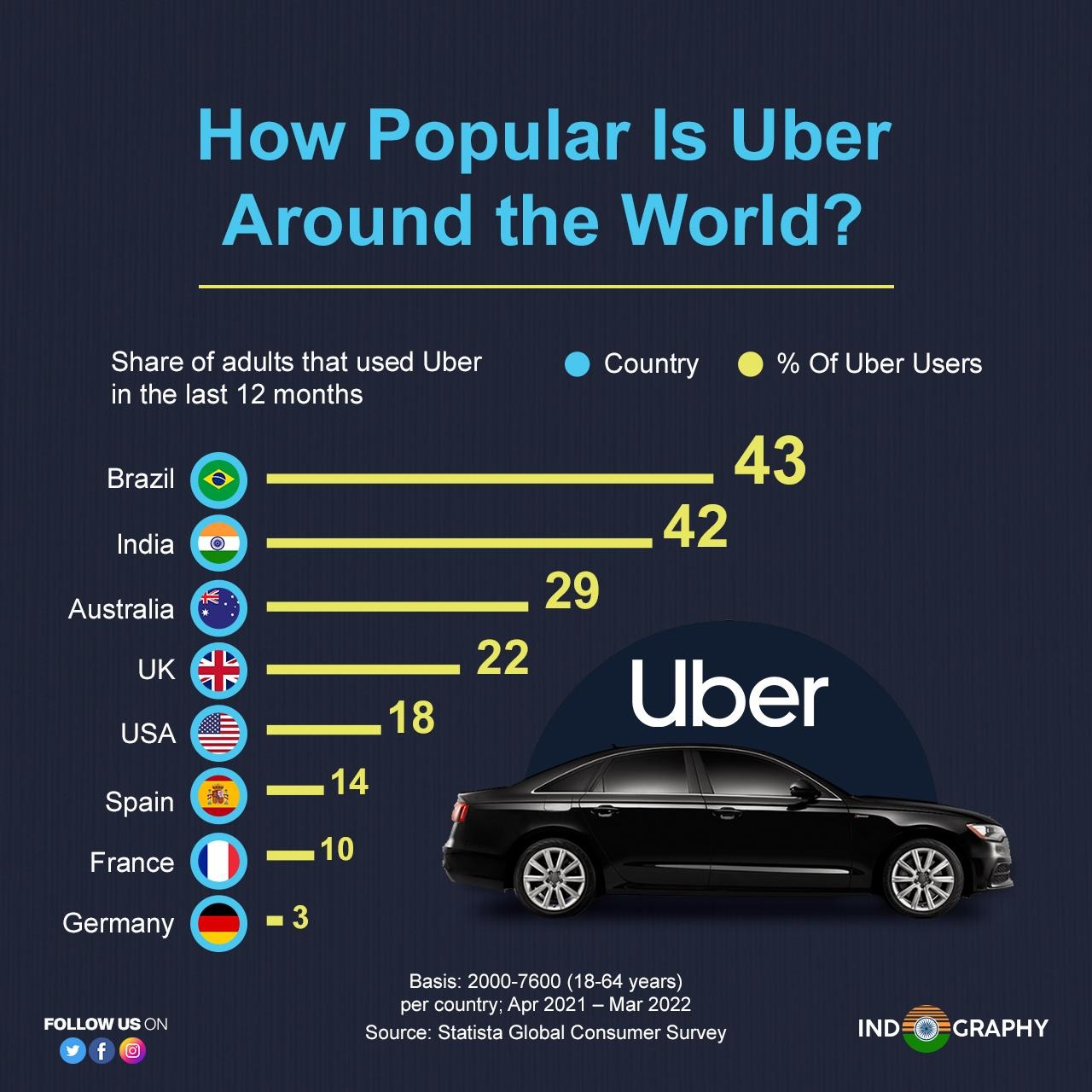Industrial growth in the country has, in terms of long run trend, remained aligned with the growth rate of gross domestic product (GDP). Industrial production has emerged as one of the high growth sectors in India. Prime Minister of India, Mr Narendra Modi, launched the ‘Make in India’ program to place India on the world map as a manufacturing hub and give global recognition to the Indian economy. Government aims to create 100 million new jobs in the sector by 2022.
The moderation in India’s industrial growth coincides with deceleration in growth of global output. The sudden outbreak of COVID-19 has severely impacted some of the major economies of the world. It has affected countries across the globe including some of the major players like USA, European Union, UK, and India. Both World Bank and IMF estimate contraction in global GDP for FY 2020-21 due to the spillover effects of the lockdown to curb the spread of COVID-19 pandemic. Various sectors were affected due to the nation-wide lockdown. However, after the lockdown was relaxed, improvement has been witnessed in several sectors of the economy.
In May last year, factory output, measured by Index of Industrial Production (IIP), contracted 33.4 per cent. This is because factories remained shut due to the imposition of the nationwide lockdown last year.
“The indices are to be interpreted considering the unusual circumstances on account of the Covid-19 pandemic since March 2020,” the ministry of statistics and programme implementation said in a statement on Monday.
According to Business Standard, on a sequential basis, Industrial growth of India fell nearly 8 per cent from April 2021, making the impact of the state-wise lockdowns during the second wave of the pandemic in May 2021 evident.
The sequential fall in activity levels also reflected in manufacturing activity as well as electricity generation. Economists said that a year-on-year (YoY) data may not be strictly comparable as it will portray an exaggerated picture. The real comparison should be done with pre-pandemic data. Compared with May 2019, the industrial output is lower than the current level.








